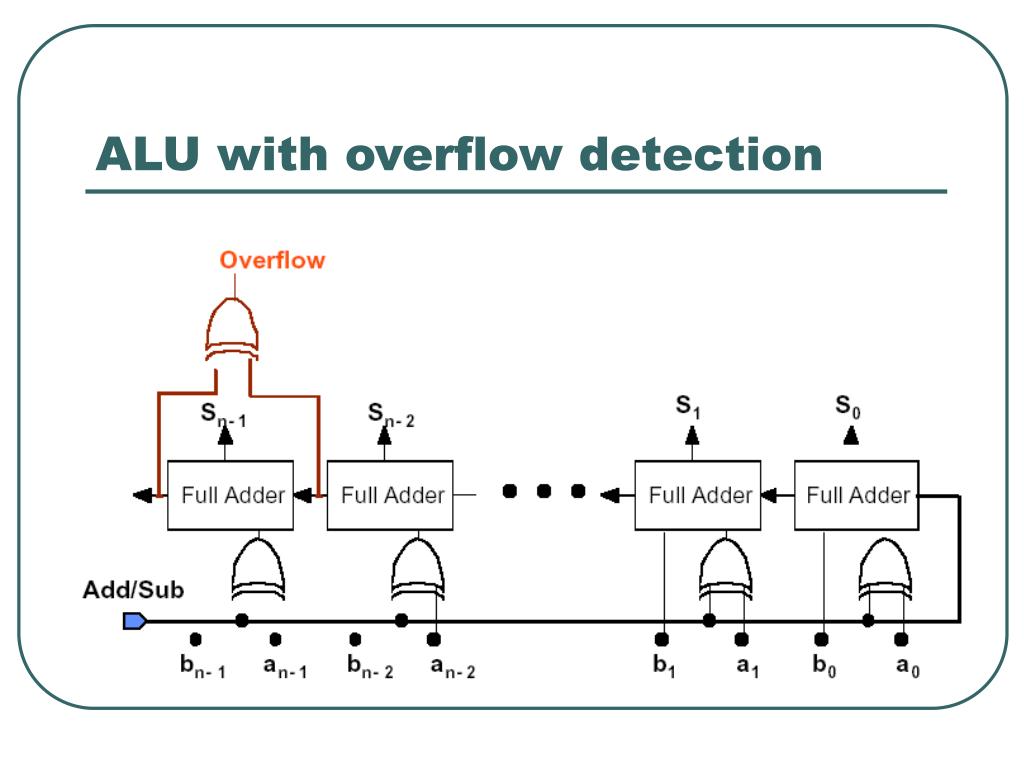Drynage Overflow Dection Presentation
| Introduction to Drainage Overflow Detection | ||
|---|---|---|
| Drainage overflow detection is a crucial aspect of maintaining efficient plumbing systems. It involves the monitoring and identification of situations where drainage pipes are unable to handle the volume of wastewater, leading to overflow. The main objective of drainage overflow detection is to prevent potential water damage, health hazards, and costly repairs. | ||
| 1 | ||
| Common Causes of Drainage Overflow | ||
|---|---|---|
| Blockages: Accumulation of debris, grease, or foreign objects in the drainage system can cause blockages, leading to overflow. Pipe Damage: Cracked or collapsed pipes may restrict the flow of wastewater, resulting in overflow. Insufficient Pipe Size: Inadequate pipe diameter can impede the proper flow of wastewater and increase the likelihood of overflow. | ||
| 2 | ||
| Technologies for Drainage Overflow Detection | ||
|---|---|---|
| Flow Monitoring Systems: These systems involve the use of flow sensors and meters to measure the volume and velocity of wastewater flow. Sudden changes or deviations from normal flow patterns can indicate potential overflow. Level Sensors: These sensors are installed in drainage pipes or basins to measure the water level. When the water level exceeds a certain threshold, an alarm is triggered to alert of possible overflow. CCTV Inspection: Drainage systems can be visually inspected using closed-circuit television cameras to identify blockages, pipe damage, or other issues that may lead to overflow. |  | |
| 3 | ||
| Benefits of Drainage Overflow Detection | ||
|---|---|---|
| Early Warning: Detection systems provide early warning signs, allowing for timely intervention to prevent potential overflow and its associated damages. Cost Savings: By preventing overflow and water damage, drainage overflow detection systems help avoid costly repairs and remediation. Environmental Protection: Proper detection and prevention of overflow help protect the environment by preventing contamination of water sources and minimizing the release of harmful substances. |  | |
| 4 | ||
| Implementation Considerations | ||
|---|---|---|
| Regular Maintenance: Routine inspection, cleaning, and maintenance of drainage systems are essential for effective overflow detection. Integration with Building Management Systems: Integration with existing building management systems allows for centralized monitoring and control of drainage overflow detection. Training and Education: Proper training and education of facility managers and maintenance staff ensure the correct use and interpretation of overflow detection systems. |  | |
| 5 | ||
| References (download PPTX file for details) | ||
|---|---|---|
| Smith, J. (2019). Drainage Overflow Detection... Johnson, A., & Brown, K. (2020). Advanced Tec... Smith, R. (2018). Best Practices for Implemen... |  | |
| 6 | ||

